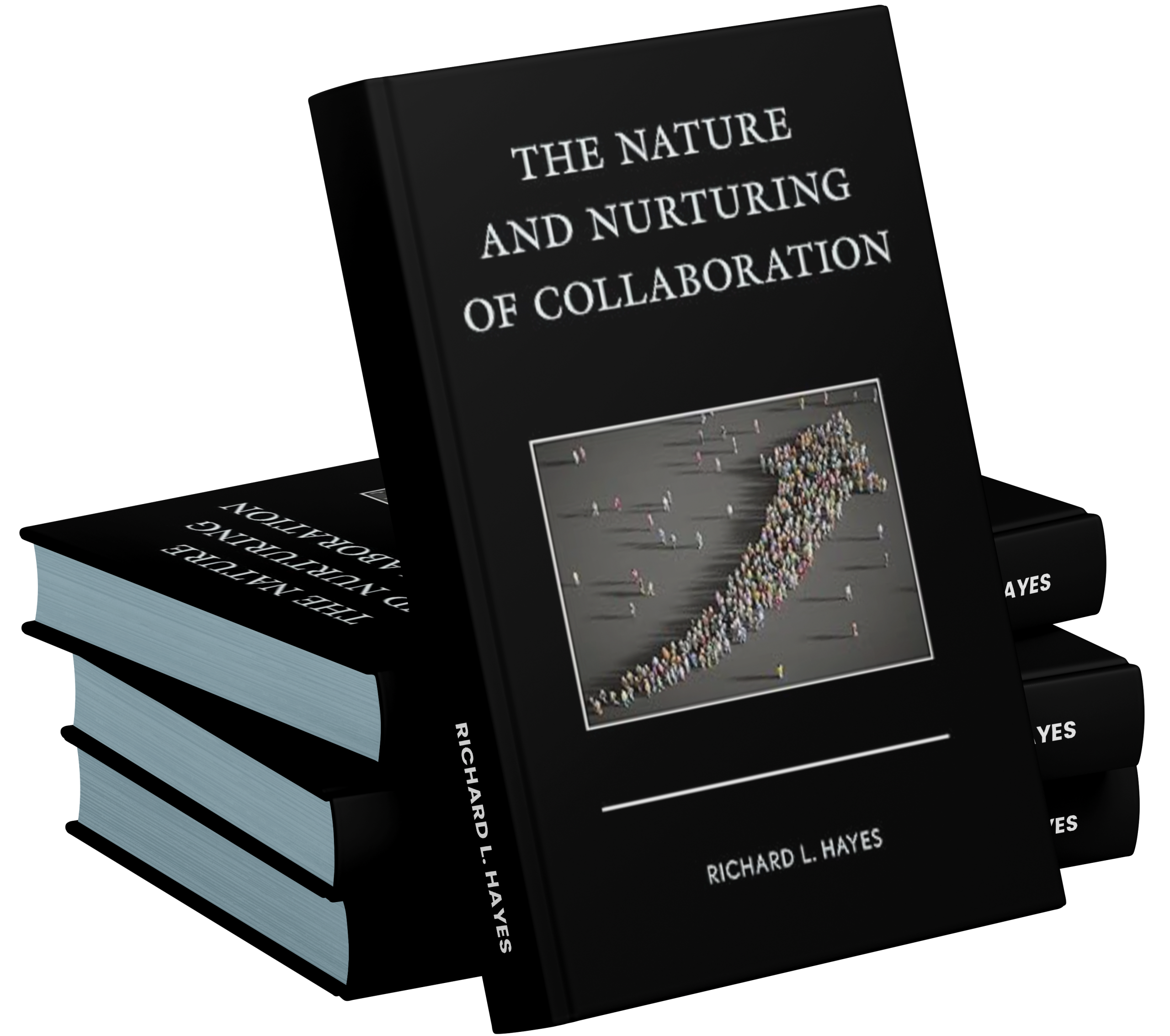Why did our ancestors thrive while other species faltered?
The answer lies in social collaboration, the definitive skill that allowed humanity to master the planet. But cooperation is not merely innate but an evolutionary legacy and a meticulously learned practice.
Dr. Richard L. Hayes‘ “The Nature and Nurturing of Collaboration” offers readers a crucial framework for understanding and mastering this essential human trait. By integrating developmental psychology and strategy, this book equips you to analyze why collaborations fail.
The Nature: Psychological Development and Shared Intentionality
This section’s key theme is the psychological origin of team collaboration. “The Nature and Nurturing of Collaboration” moves beyond biology to focus on the human capacity for meaning-making, the innate, active learning by which we co-create reality.
The book’s value to readers here is a deep understanding of the cognitive prerequisites for teamwork and how to diagnose and improve relational dynamics by cultivating shared knowledge.
The Nurturing: Cultural Scaffolding and Professional Systems
The “nurturing” theme explains how to scale social collaboration beyond simple partnerships. It details the necessity of intentional cultural evolution, arguing that sophisticated cooperation requires healthy social architecture and institutional design.
For professionals, the relevance is immediate; the text provides a blueprint for implementing structured approaches like Collaborative Consultation.
It highlights how a psychoeducational framework ensures that collaborative skills are not left to chance but actively taught and sustained through rigorous professional development.
Contemporary Significance: The Ecosystemic Imperative
The book’s ultimate relevance lies in applying these insights to the defining challenges of our time, from educational equity to social justice.
By adopting its ecosystemic perspective, readers gain the tools to lead systemic change in environments defined by profound interdependency.
This book is about empowerment; it shows professionals how to use informed advocacy and team collaboration to turn shared purpose into powerful, combined success.
Concluding Insights
An essential read for problem solvers, “The Nature and Nurturing of Collaboration” focuses on deeper teamwork. It equips you with the theory and strategy to design successful partnerships and drive lasting systemic change within your community and organization.

